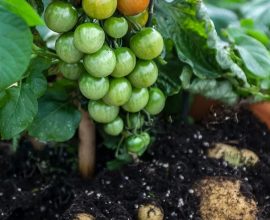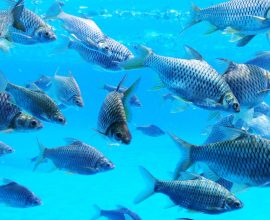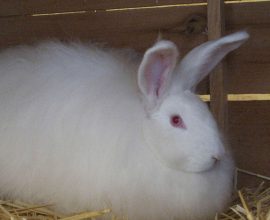Did you know? Ostriches are bred primarily for their skin; and ostrich meat becomes a by-product. Ostrich leather, in terms of durability and strength, is seven times stronger than bovine (cattle) hide and its feather quill pattern makes it unique.
Here are some interesting facts about ostriches:
- Ostriches are the largest and heaviest birds in the world.
- Ostriches cannot fly, but they can run at a speed of up to 70 – 80 km/h.
- One ostrich egg is equivalent to 24 chicken eggs.
- Ostriches are fully grown at 18 months, yet they have a life span of 45 – 60 years.
- The largest concentration of ostriches in the world is found in Oudtshoorn, South Africa.
- South Africa accounts for around 70 % of the ostriches slaughtered in the world and has a similar stake in the worldwide ostrich population. The country’s climate, experience and expertise are the main factors in its favour (Agribook.co.za).
- Ostrich meat is lean with a low fat content and the Heart and Stroke Foundation of South Africa approves ostrich meat as an outstanding source of protein.
- Ostrich leather is used to produce handbags, wallets, shoes, clothing and other related products.
Farming ostriches is environmentally friendly and ostriches are free roaming livestock that feed off all natural ostrich feed.
According to AgriBook.co.za, ostrich meat, leather, feathers, eggs and a great variety of ostrich curios and gifts are available all over the world. Their durable, colourful and attractive feathers can be used in stage productions, carnivals, as fashion accessories and for stylish garments.
Ostriches cannot fly, but they can sure make a fashion statement!
- Mokgokong Mokgethi





